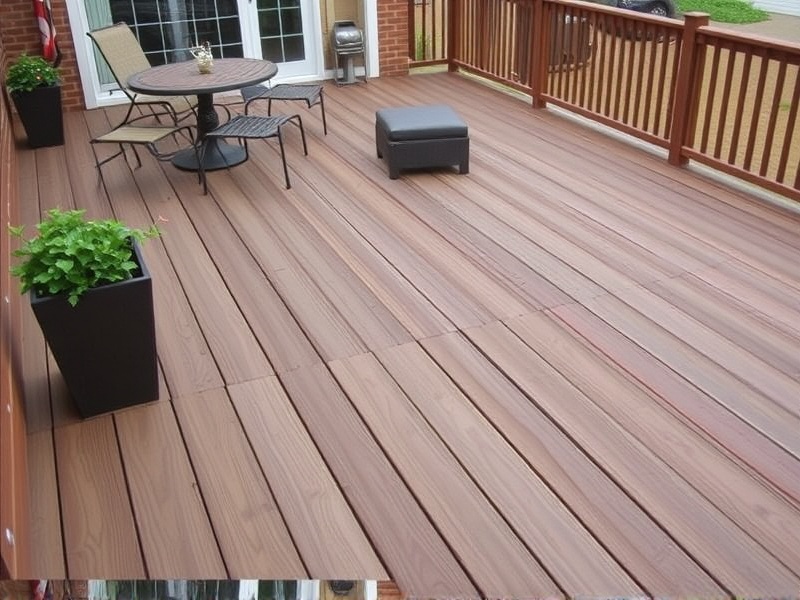Our Location
304 North Cardinal St.
Dorchester Center, MA 02124
Learn about the critical factors influencing the selection of top-rated composite decking in 2017, including cost, durability, and appearance.

In 2017, homeowners were increasingly looking for low-maintenance and eco-friendly options when it came to their outdoor living spaces. Composite decking emerged as a popular choice due to its durability and aesthetic appeal. However, with numerous brands available in the market, choosing the right one can be overwhelming. This article will discuss the essential criteria for selecting top-rated composite decking in 2017, focusing on price points, warranty terms, and environmental impact.
One of the primary considerations when choosing composite decking is the cost. While it’s tempting to opt for the cheapest option, it’s important to remember that the overall value of the product depends on more than just the initial price tag. In 2017, composite decking prices ranged from $2.50 to $7.50 per square foot, depending on the brand and material quality. It’s crucial to balance affordability with longevity and maintenance requirements. For instance, while a cheaper composite might seem like a bargain, it may require more frequent replacement or additional maintenance, ultimately leading to higher long-term costs.
A significant factor in determining the quality and reliability of composite decking is the warranty offered by the manufacturer. In 2017, many reputable brands provided warranties ranging from 10 to 25 years. These warranties typically cover issues such as fading, staining, and structural defects. When evaluating different brands, it’s essential to read the fine print carefully. Some warranties may exclude certain types of damage or have limitations on how long they are valid. Choosing a brand with a comprehensive warranty can provide peace of mind and protect your investment over time.
With growing awareness about sustainability, the environmental impact of materials has become an increasingly important consideration. Many consumers prefer composite decking made from recycled materials, which helps reduce waste and conserves natural resources. In 2017, several manufacturers began offering products made from reclaimed wood fibers and recycled plastic. These eco-friendly options not only contribute to a healthier planet but also often come with performance benefits, such as increased resistance to moisture and insects.
When choosing top-rated composite decking in 2017, it’s vital to consider factors such as price points, warranty terms, and environmental impact. By balancing these elements, you can find a product that meets your needs while also providing long-term value and sustainability. Whether you’re building a new deck or replacing an old one, taking the time to research and compare different options will ensure that you make an informed decision.